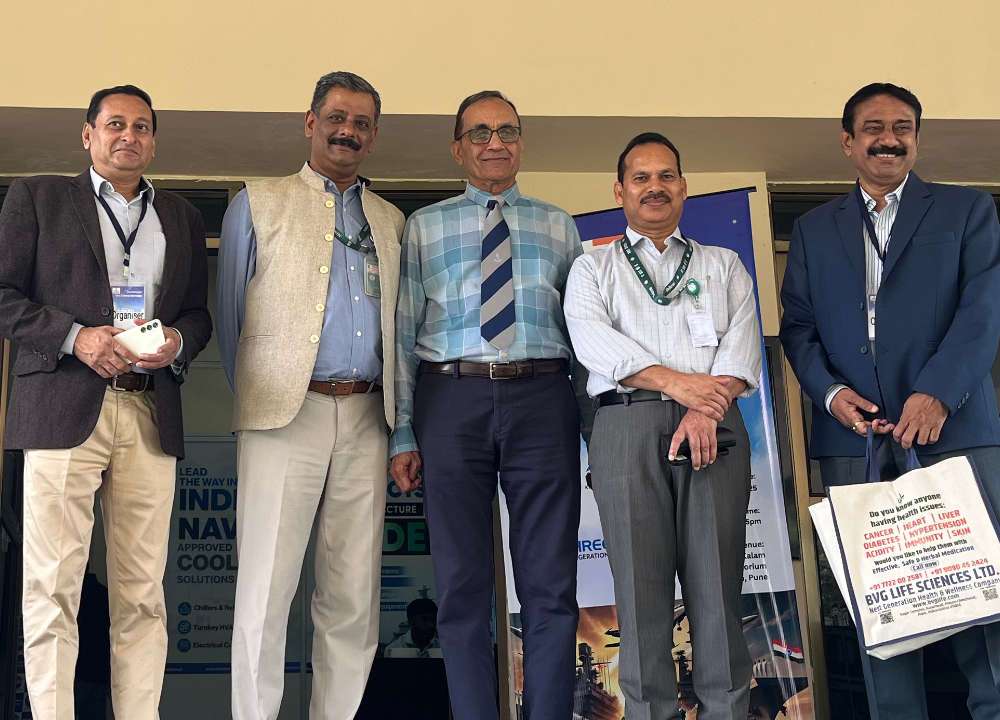The National Committee on Transmission (NCT) has given the green light to approximately 10 new transmission projects with a combined investment of over ₹6,600 crore, paving the way for them to attract bids from interested parties. Among these projects, two significant endeavors stand out—the network expansion scheme in the Navinal (Mundra) region of Gujarat and the eastern region expansion scheme, with estimated costs of ₹2,383 crore and ₹2,898 crore, respectively. The NCT has recommended both projects to the union power ministry for implementation.
These inter-state transmission system (ISTS) projects are slated to undergo tariff-based competitive bidding. The Mundra project is anticipated to be completed within 21 months, while the eastern region expansion scheme is expected to conclude by June 30, 2026, according to the meeting minutes released on December 27. The eastern region expansion scheme encompasses the establishment of an ISTS sub-station in Gopalpur, Odisha, catering to the electricity needs of upcoming green hydrogen and green ammonia plants in the area, projected to have a cumulative demand of approximately 3 GW by FY26. Recognizing the necessity of a robust ISTS corridor to supply renewable energy from outside Odisha to meet renewable-power purchase obligations, the minutes emphasized the critical nature of ensuring a reliable feed to the Gopalpur sub-station with high-capacity lines. Additionally, the NCT has given the nod to projects connecting various regions, including Maharashtra, Gujarat, Telangana, Madhya Pradesh, Andhra Pradesh, Odisha, and other states, to the national grid. The government’s approval of these projects aims to attract substantial private investment—a crucial element in enhancing and expanding transmission infrastructure, essential for achieving the ambitious target of 500 GW of renewable energy capacity by 2030 and integrating green power into the national grid.
The Central Electricity Authority (CEA) had previously outlined the roadmap for integrating over 500 GW of renewable capacity by 2030, estimating the need for over ₹2 trillion to establish the required transmission network for seamless green energy integration. To facilitate the growth of renewable energy capacity, areas with high solar and wind potential must be efficiently connected to the ISTS. In a recent update, Union Power Minister RK Singh stated that the country has made substantial progress in this regard, with 1,87,849 circuit kilometers (ckm) of transmission lines, 6,82,767 MVA of transformation capacity, and 80,590 MW of inter-regional capacity added to the national grid. This achievement underscores the establishment of a unified grid running on one frequency, capable of transferring 1,16,540 MW of power across the country.
However, despite these strides, the expansion of the transmission network has faced challenges, with India achieving only 61.5% of its target for expanding power transmission lines in the first half of the current fiscal year, according to data from the CEA. During April-October, a total of 7,026 ckm of transmission lines were set up against the target of 11,420 ckm, according to CEA’s executive summary for October. The cumulative target for the fiscal year is 16,602 ckm. So far this fiscal year, the union government enterprises have established 1,668 ckm of transmission lines, and state government enterprises have added 3,154 ckm. In the private sector, 2,204 ckm of lines were set up during April-October against the target of 2,405 ckm. The need for continued efforts in expanding and enhancing the transmission infrastructure is evident, emphasizing its crucial role in achieving the nation’s renewable energy objectives.








